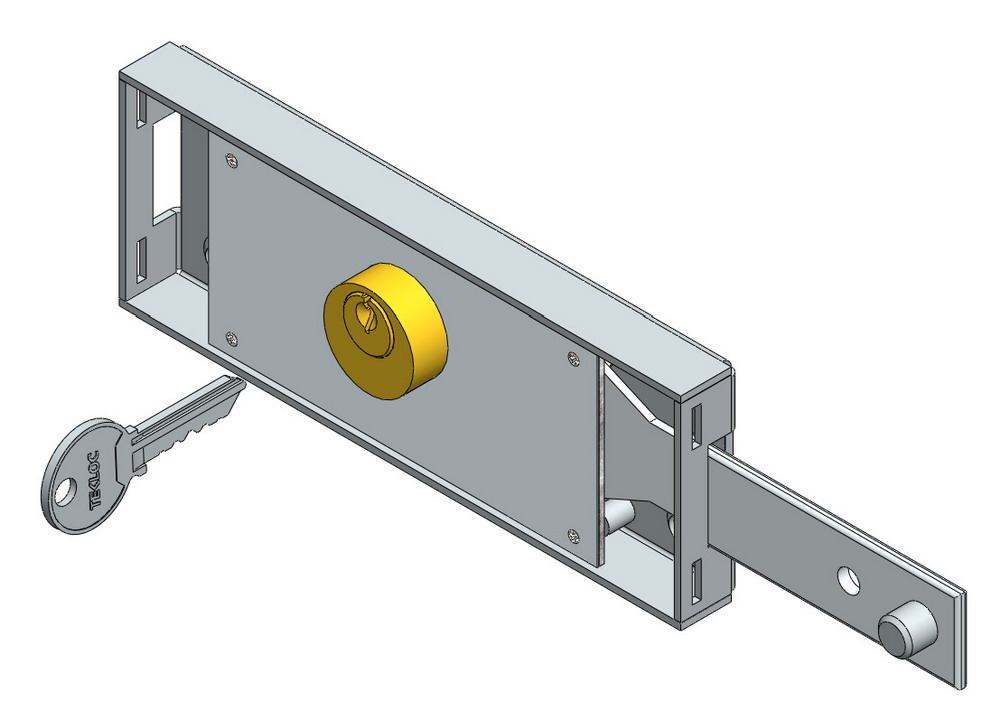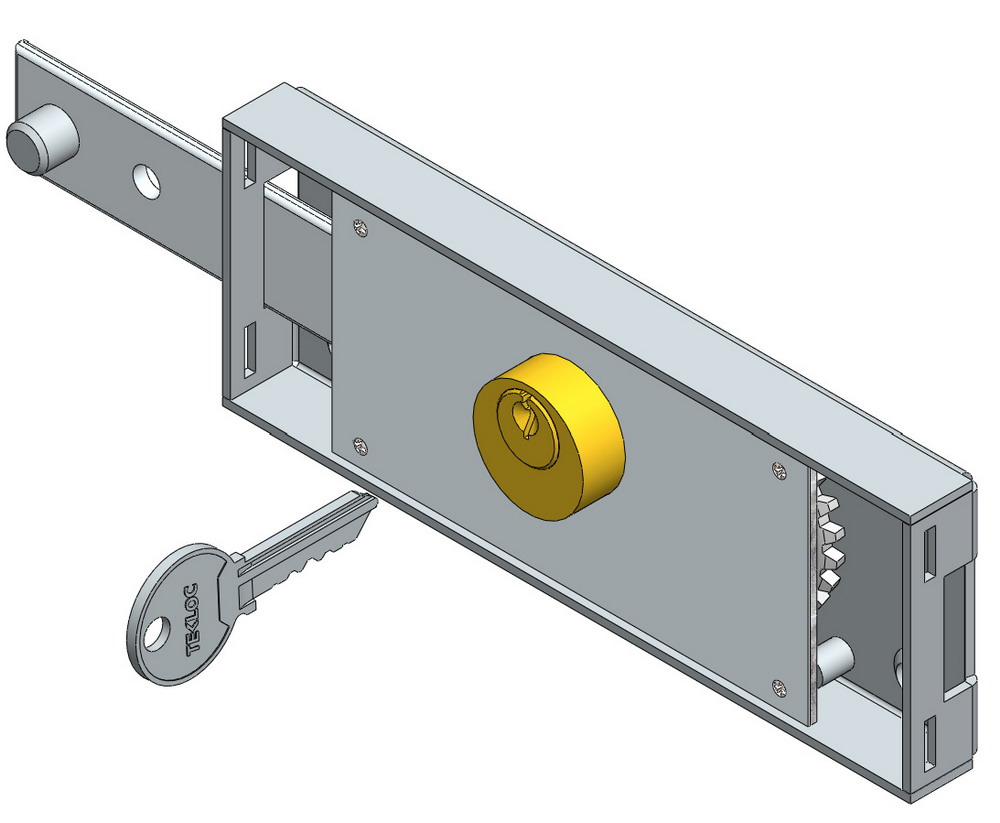Abstract Recently, PanosKotseras, a senior cobalt analyst from CRU, gave a report titled “Interim Prospect Analysis of Cobalt Market†at the CDI Shanghai Annual Meeting. The main points are as follows: 1. The main trend of the cobalt industry trend in the cobalt market in 2011-2013 for...
Recently, Panos Kotseras, a senior cobalt analyst from CRU, gave a report titled “Intermediate Prospect Analysis of Cobalt Market†at the CDI Shanghai Annual Meeting. The main points are as follows: First, the cobalt industry trend
The main trends in the cobalt market in 2011-2013 were: the decline in cobalt prices and low volatility; industry restructuring; changes in raw material structure and strong battery demand.
Second, the output
Cobalt is mainly used as a by-product of copper and nickel. In 2011, 65% of global cobalt production comes from copper associated ore; 30% from nickel associated ore; 2% from other metals; cobalt is only 3%. If considered by country, the cobalt production in the Democratic Republic of Congo in 2011 accounted for 55% of the world; Russia accounted for 7%; Zambia and Cuba each accounted for 5%; Australia accounted for 4%; Canada stood 3%, and the rest accounted for 20%.
Since 2010, the production of electro-cobalt has grown rapidly. In 2012, the output of cobalt was about 36,000 tons, of which about 26,000 tons were used in the metallurgical industry and 10,000 tons were used in the non-metallurgical industry. In 2017, the output of cobalt will reach 52,000 tons, of which about 32,000 tons are used in the metallurgical industry. 20,000 tons for the non-smelting industry. The output of third-party wet-process smelting intermediates is expected to continue to grow, from 41,000 tons of metal in 2012 to nearly 70,000 tons of metal in 2017, of which the production of crude cobalt hydroxide exceeds 50%, and the rest is crude. Cobalt carbonate, white alloy, cobalt sulfate, and the like.
Driven by the growth in production of cobalt chemicals, global refined cobalt production will increase from approximately 81,200 tons in 2012 to nearly 109,000 tons in 2017. In 2017, the structure of refined cobalt products was 52,000 tons of cobalt and 57,000 tons of cobalt chemicals. China's imports of wet smelting intermediates will continue to grow strongly. In 2012, China has entered the destocking stage.
Third, consumption
Cobalt chemicals and superalloys account for 3/4 of the world's cobalt consumption. In 2012, the global cobalt consumption structure was as follows: cobalt chemicals accounted for 58%; high-temperature alloys accounted for 17%; cemented carbide and diamond tools accounted for 10%; magnetic materials accounted for 7%; hard-faced steels accounted for 4%; high-speed tool steels accounted for 3% Synthetic diamonds account for 1%. The proportion of cobalt consumed by the smelting industry will fall from 54% in 2000 to 41% in 2014; while the proportion of cobalt in the chemical sector increased from 46% in 2000 to 59% in 2014.
By region, China accounted for 36% of global cobalt consumption in 2012; 28% in other Asian countries; 17% in the US; 15% in Western Europe; 2% in South America; and 1% in Eastern Europe and the Commonwealth of Independent States. The US share of global cobalt market consumption fell from 34% in 2000 to 16% in 2014; China will increase from 9% to 38%.
In the long run, the average annual growth rate of cobalt consumption is around 6%, from 80,000 tons in 2012 to 112,000 tons in 2017.
Fourth, supply and demand balance
In the medium term, the global cobalt market is tight. Before 2016, the global cobalt market was in an oversupply state, with a surplus of 1,200 tons in 2012 and 800 tons in 2013; it will reach a maximum of 3,800 tons in 2014. There will be a supply gap of 3,200 tons in 2017.
The metallurgical industry is in an oversupply sector, including high-temperature alloys, high-speed tool steels, hard-faced steels, and magnetic materials. In 2012, the surplus was 1,600 tons; in 2013, it was 150 tons; in 2014, it reached the highest value of 3,000 tons. There will be a supply gap of 300 tons in 2017.
Non-metallurgical industries are tightly supplied, including inorganic salts, organic salts, synthetic diamonds, and carbide and diamond tools. The supply gap in 2012 was 400 tons, with a slight surplus in 2013 and 2014, at 650 tons and 800 tons respectively; there was a supply gap in 2015-2017, which will reach 2900 tons in 2017.
Five, the price
Cobalt prices are still facing downward pressure in the near future. It is estimated that the average price of 99.8% electrocobalt in 2013 will be 13.4 US dollars/lb, and the average price of 99.3% electrocobalt will be 12.5 US dollars/lb. Cobalt prices are expected to enter a rising channel in 2015. In 2017, the average price of 99.8% electrocobalt was US$16.6/lb, and the average price of 99.3% electrocobalt was US$15.5/lb.
Sixth, LME cobalt contract
The LME cobalt price and the contract volume are in line, and the volume of LME cobalt contracts will grow steadily in the future.



Single turn, 3 pins Cylinder Lock
Interchangeable: With most common roller shutter locks available on the market. The reinforced bolt makes the roller shutter more resistant to attack.Available for motorized roller shutter
Reinforced steel bolt: 2mm steel plated folded back on itself to reach overall 6.5mm thickness
Straight, shifted, Lengthened bolt available with 6mm hole
Solid brass cylinder with full brass key. Computer Key Cylinder is also available.
Rustproof zinc plated box and components
Roller Shutter Door Lock
Roller Shutter Door Lock,Manual Door Lock,Door Lock Cylinder Lock,Security Door Lock
Rayma(SJZ) International Trading Co., Ltd. , http://www.raymalock.com